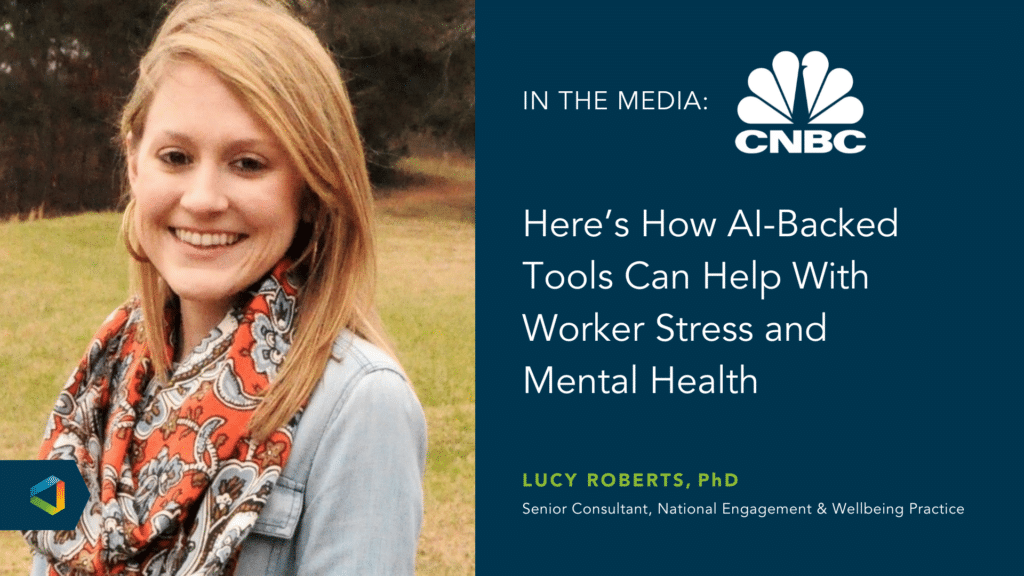No Headaches
The Reimagined Workplace – What’s Changed and What’s Here to Stay?
The Reimagined Workplace – What’s Changed and What’s Here to Stay?
There is no doubt that 2020 has provided plenty of challenges. We rang in the New Year with handshakes and hugs, and we entered March with masks and distance.
If there is a word that has defined the ability for businesses to thrive in 2020, it’s “pivot.” Companies and employees – and even industries – have reinvented themselves, not only allowing but also encouraging new, unusual, groundbreaking practices.
Some successful practices that have been introduced, adopted, and expanded during 2020 include:
-
Increased Leverage of the Remote Workforce
Companies that had never considered ‘work from home’ practices quickly realized that this would be vital to maintain operations. IT infrastructure was quickly updated or added and employees that had never logged in remotely became quickly proficient. Indeed, there were bumps in the road, but many of these initial concerns became moot over several months. It appears that expanded remote work is here to stay – allowing continuity of business, retention of employees, and expanded workforce considerations from around the globe.
-
Companywide Communication by Senior Leadership
In almost all employee engagement surveys, there are typically some gripes and opportunities around better communication. HR practitioners have been encouraging more frequent and diverse company communication for…ever. By mid-March, it quickly became apparent that the best way to maintain engagement was to use videoconference and other interactive tools for company messaging. Initially, senior leadership pulled folks together to share pivotal, urgent messaging about day to day operations. As the population became more engaged and comfortable with the format, discussions have evolved to more strategic initiatives via these platforms. Additionally, CEOs have offered “coffee hours,” managers are holding department meetings, employees are “huddling,” and of course, virtual happy hours are all taking place on virtual platforms. There is a general feeling that while there is no substitution for in-person – this is a close second.
-
Stronger Management Relationships
Effective 1:1s between employees and managers are the unsung hero for highly engaged teams and nipping potential problems in the bud. Virtual meetings have become irreplaceable here too. By “laying eyes” on employees, it’s much easier to collaborate, gain buy-in, hear and respond to concerns, all while gauging employees’ “wellbeing.” Financial, health and interpersonal struggles compounded with general uncertainty have become an unavoidable part of life – managers’ ability to quickly assess and intervene when appropriate has made a big difference in overall engagement. Further, working remotely has provided a deeper glimpse into colleagues’ personal lives, allowing for more authentic and deeper bonding.
-
Health and Safety at Work
Workspaces have quickly adopted more stringent cleaning protocols. While it’s likely our beloved Keurig will eventually restart, the overall level of cleanliness and hygiene will likely be improved. We have seen an increased appreciation for “less-is-more” in shared company spaces – I’m looking at you: office fridge forgotten leftovers.
So, what strategies should companies consider moving forward?
-
Keep Communication Active
We’ve put all these new technologies to work and even though you might not need to share information or crucial business updates urgently. The best indicator of employee engagement is an understanding that they are needed and appreciated at work – don’t stop that messaging now! I often hear senior leaders say that they don’t feel like there is “much new” to report. However, with businesses coming back stronger than ever, it’s crucial to share updates, wins, and creative successes. Have other stakeholders share information and, when in doubt, come together and celebrate that we are all still here! At the same time, keep in mind that videoconferencing can be overly stimulating if used too often or for too long; be mindful of taking breaks and not overscheduling.
-
Lead by Example
Even if your employees don’t physically see managers or senior leadership every day, know that employees are always watching. They are looking for clues, information and direction. Leadership that says “wear masks” but doesn’t follow their own rule can be assured that their employees won’t take it seriously either. Leaders must walk the talk.
-
Be Flexible
Employees may be asking for things that have never been asked before – flexible hours, staggered schedules, a better desk chair for their home office, and even a general understanding that we are all doing the best that we can. During busy times, we tend to forget to say, “thank you,” “nice job,” and “wow, I see how hard you are working.” Be authentic but be grateful and voice appreciation.
-
Be Patient
No company can absorb poor performance or lack of effort – however, we can redefine what success looks like and continue to PIVOT to meet our well-intentioned employees. Continue to be mindful that the current environment's uncertainty means different things to employees depending on their personal circumstances (health concerns for themselves or loved ones, childcare, etc.). Employees will cope differently and have varying tolerance levels.
Nothing lasts forever and although 2020 feels like it might, how we pivot to the needs of our business, customers, and teams will be a very strong indicator of future success.




